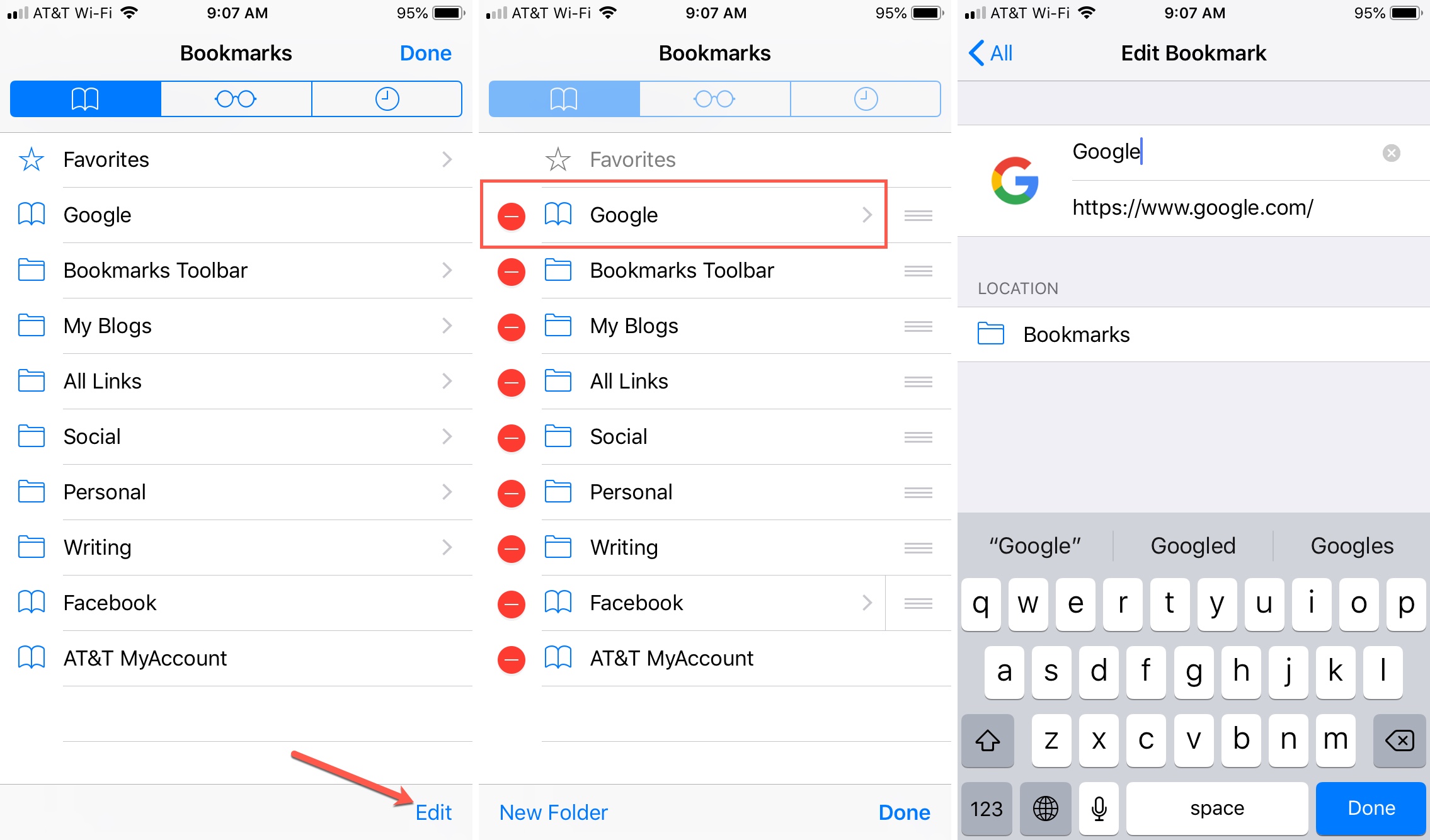

- MAC OS SAFARI TRACKPAD RIGHT CLOCK BOOKMARK NOT WORKING MAC OS X
- MAC OS SAFARI TRACKPAD RIGHT CLOCK BOOKMARK NOT WORKING MAC OS
- MAC OS SAFARI TRACKPAD RIGHT CLOCK BOOKMARK NOT WORKING FULL
- MAC OS SAFARI TRACKPAD RIGHT CLOCK BOOKMARK NOT WORKING PASSWORD
- MAC OS SAFARI TRACKPAD RIGHT CLOCK BOOKMARK NOT WORKING MAC
You must select the top level certificate.Įnter your user account password to grant access when prompted, NOT your Backblaze password. Select “ISRG Root X1 Certificate” from the hierarchical list. I have succesfully tested it on 2 different environments, and it is working.Ĭlick “Show Certificate” in the window that opens. Note that you could also use for fetching the ISRG ROOT X1 certificate. I had clients with similar problems, and clients with backupsoftware from Backblaze that was having issues.īackblaze provided this solution. Trying to find a solution I ended up at your site and this article. Whether you’re running a server which relies on Let’s Encrypt certificates, or trying to connect your browser to one, the most helpful and information page on the subject is this one from Certify The Web. No thanks to Let’s Encrypt, which seems unaware that any of this might cause such problems. Emptying Safari’s caches doesn’t help, as I think the old certificate information is held in a separate security database to which the user has no access. What can you do about this more generally, to save you from having to make each broken site an exception? As far as I know, nothing that you’d want to.
MAC OS SAFARI TRACKPAD RIGHT CLOCK BOOKMARK NOT WORKING MAC
My M1 Mac mini had never connected to that site, so had to perform a fresh check on the chain of trust, which then traced back to the current chain with its replaced intermediate and Root certificates.
MAC OS SAFARI TRACKPAD RIGHT CLOCK BOOKMARK NOT WORKING FULL
Both my iMac and iPhone have connected to this site previously, and rather than performing a full certificate check every time, macOS is just using old results, which still refer to the old intermediate and Root certificates. The answer I suspect lies in the caching of certificate checks. So how come two different Macs connecting to the same site get such different chains of trust? The intermediate certificate R3 here has an expiry date in 2025. The site’s certificate appears identical, although the Root Certificate is different, ISRG Root X1, which is the replacement for the DST Root CA X3 expiring on 30 September. Indeed, it showed a different chain of trust altogether. To answer this, I tried making the same connection on my iPhone (iOS 15), which failed similarly, and on my M1 Mac mini (macOS 12 beta 8), which had no problems at all with that site. However, according to my previous article, this shouldn’t affect macOS 10.12 or later. Once that has been added, you can continue to access that specific site, but others which rely on the same chain of trust will need to be added individually. Safari will then add a special certificate to your keychain for that particular site. The immediate solution is to manually approve that site’s certificate, which bypasses the expiry of its other certificates. Step back to the Root Certificate, and you’ll see that’s due to expire on 30 September, the very next day. The first certificate to expire was the intermediate R3, which expired on 29 September, a day earlier.

In this case, the site’s certificate remains valid until the end of this year, but the intermediate certificate R3 has expired.Īlthough this is a Let’s Encrypt certificate chain, the first of the certificates to expire wasn’t its DST Root CA X3 which we were warned about, which remained valid at the time that this happened to me. If you’re happy that doesn’t explain the problem, click to view the certificate.

You might wish to use another browser like Firefox to check the website out before making any decision, then clicking on Show Details to proceed further in Safari.įurther information provided by Safari is helpful, explaining the certificate expiry, giving that date and inviting you to check your Mac’s clock. The solution depends on your confidence that the error is spurious, which depends on how much trust you can put into that address and site. It may appear sporadic, although once it has affected a site, Safari is unlikely to be able to make that connection properly again. This can affect any (reasonably recent) version of Safari, running on macOS, iOS or iPadOS, and on pretty well any version of those operating systems. That Safarian error message means that it tried to connect using HTTPS, and has detected a certificate problem. You try to connect to an affected website using Safari, only to be informed that This Connection Is Not Private. And there’s more than one certificate which has now expired.
MAC OS SAFARI TRACKPAD RIGHT CLOCK BOOKMARK NOT WORKING MAC OS
Unfortunately, it has turned out that this isn’t confined to older Mac OS X, and can even affect Monterey betas.

MAC OS SAFARI TRACKPAD RIGHT CLOCK BOOKMARK NOT WORKING MAC OS X
A few days ago I warned that those still using older versions of Mac OS X are likely to have problems making secure HTTPS connections with many websites, because of a security certificate due to expire on 30 September.


 0 kommentar(er)
0 kommentar(er)
